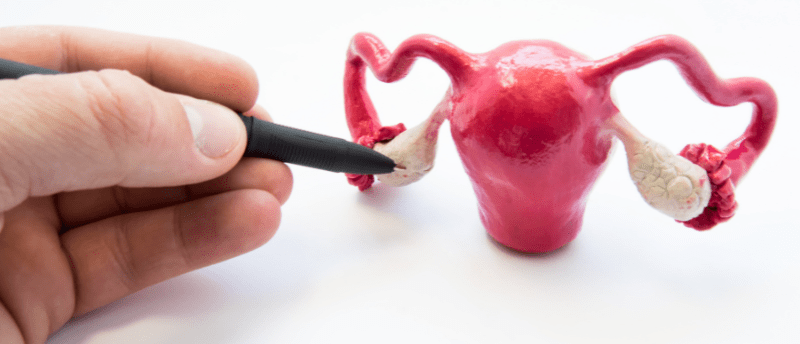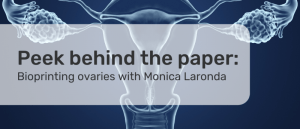Deploying extracellular vesicles against polycystic ovary syndrome

Polycystic ovary syndrome (PCOS), has been treated using extracellular vesicles (EVs) derived from mesenchymal stem cells (MSCs) in a preclinical study.
A research group from the Al-Hendy Laboratory of UChicago Medicine (IL, USA) has identified MSC-derived exosomes, or EVs, as a potential novel therapeutic for PCOS. The study, first authored by Hang-Soo Park, could pave the way for the use of MSc-derived EVs as a treatment for PCOS.
The most common endocrine disorder in women is PCOS, affecting millions of women worldwide. The pervasive condition has a wide range of symptoms and complex underlying causes, which make it difficult to treat. Those affected by it have impacted hormonal balance, fertility, and overall well-being.
The research team had previously found that MSCs, adult stem cells capable of differentiating into multiple cell types for healing and regeneration, can secrete factors that alleviate the symptoms of PCOS, although it was not understood what mechanisms were in effect.
Building on these findings, the team investigated the role of MSC-derived exosomes, otherwise known as EVs. These are small, free-floating packages of molecules released by the stem cell. They investigated the effect of MSC-derived EVs in both in vitro and in vivo models of PCOS, with androgen-producing H293R cells and letrozole (LTZ)-induced PCOS mouse models, respectively.
In vitro models treated with MSC-derived EVs had reduced gene activity responsible for the overproduction of androgen, a hallmark of PCOS. In the mouse models treated with MSC-derived EVs delivered by intravenous or intraovarian injection, there was stabilization of metabolic irregularities associated with the disease, like high glucose levels, as well as the restoration of ovarian function.
 Mapping proteins to bioprint functional ovaries
Mapping proteins to bioprint functional ovaries
Monica Laronda discusses how mapping porcine proteins could be an influential step towards developing a viable bioink for bioprinting functional ovaries.
The researchers think that the mechanism could involve the cytokine interleukin-10, which may be delivered by EVs to target sites, where it performs anti-inflammatory actions and drives restoration.
“Current PCOS treatments merely address the symptoms, and the most common treatments – oral contraceptives – do not address patients’ struggles with infertility,” said Park, “Our approach represents a paradigm shift from symptom management to treating the underlying causes. We hope this will prove more effective in the long term and allow patients to have children if they wish to do so.”
The novel use of EVs as biopharmaceuticals for the treatment of PCOS holds vast potential. Especially as EVs are more accessible, less expensive, and have better safety profiles for tumorigenesis or immunogenicity than whole stem-cell therapy. What’s more, the previous approval of several EV-based therapies for reproductive conditions in clinical trials bodes well for the translation of this discovery from the bench to the bedside.